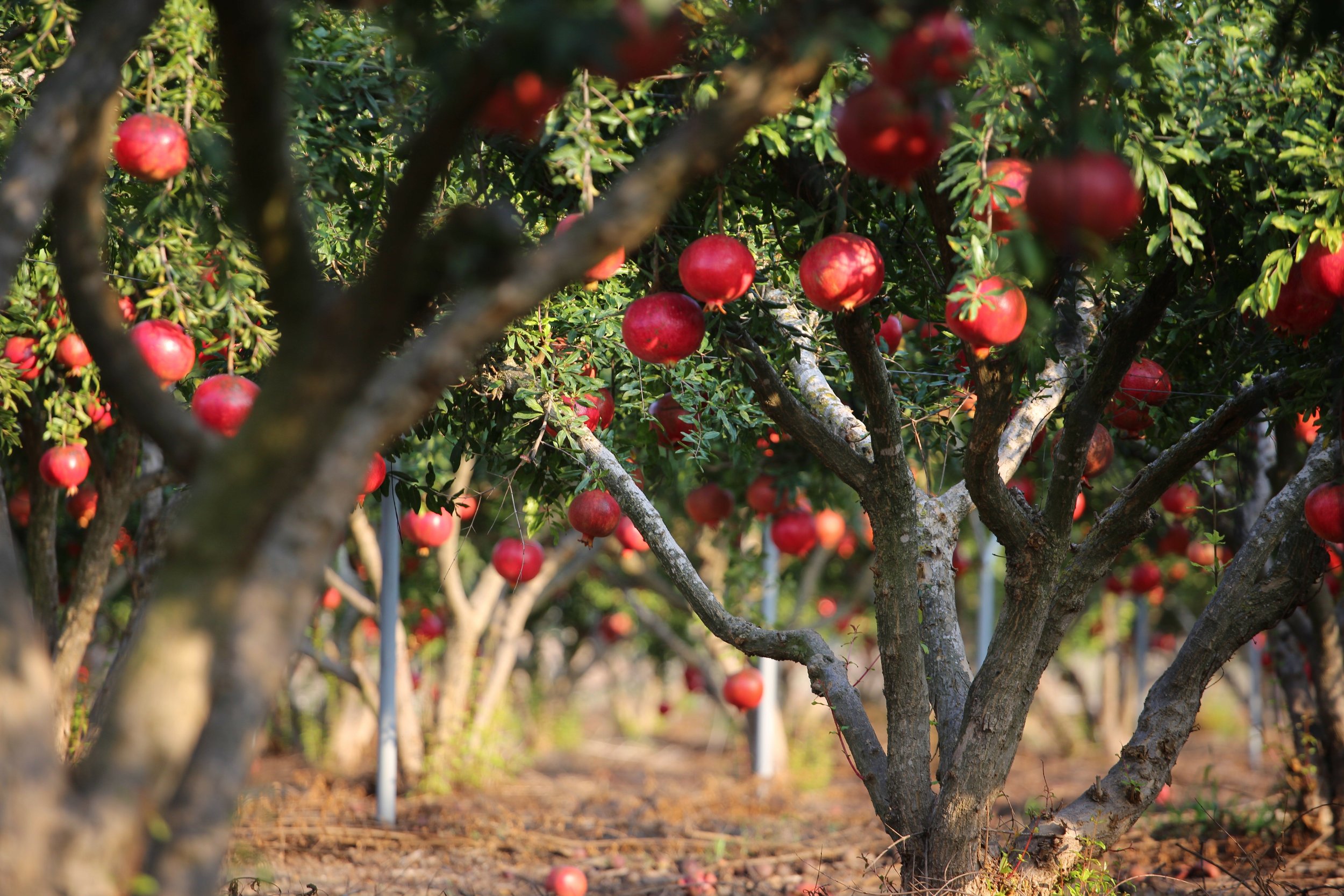Rosh Hashanah
The Feast of Trumpets
Observed in September or October
Greeting:
Shanah Tovah!
(Happy New Year!)
What is Rosh Hashanah?
Rosh Hashanah (literally “Head of the Year”) is the Jewish New Year. Joyful yet contemplative, it’s a day both for serious introspection and celebration of another year completed. It also marks the start of the High Holy Days.
What is the background of Rosh Hashanah?
Biblically, this feast was called the Feast of Trumpets (Leviticus 23:23-25 and Numbers 29:1-6). Very little is written about how it was observed, other than by resting, blowing trumpets, and offering special sacrifices.
In Scripture, it was Passover (Exodus 12:2, Leviticus 23:5), not Rosh Hashanah, that was the first feast in the biblical year, while Rosh Hashanah occurred on the seventh month of the year. Some believe that the practice of celebrating Rosh Hashanah as the New Year comes from Babylonian influence.
What are the High Holy Days?
The High Holy Days include Rosh Hashanah, Yom Kippur, and the 10 Days of Awe. Observant Jews spend these days in self-examination, repentance, and seeking reconciliation with others in preparation for the Day of Atonement (Yom Kippur).
How is Rosh Hashanah celebrated today?
The religious celebration of Rosh Hashanah today is largely focused on aspects of repentance and preparation for Yom Kippur (the Day of Atonement). Jewish tradition teaches that each individual is given the 10 days between Rosh Hashanah and Yom Kippur to repent before their fate for the coming year is sealed by God.
In the week(s) leading up to Rosh Hashanah, selichot (prayers of repentance) are recited in preparation. Sometimes a tashlich ceremony is performed – throwing pieces of bread into running water to symbolize the purging of sins.
A shofar (trumpet made from a ram’s horn) is blown as prescribed in the Scriptural instructions for the Feast of Trumpets. This is seen as a call for Jewish people to repent before the appointed time of judgment (Yom Kippur). The shofar is also a reminder of the ram that was substituted as a sacrifice in Isaac’s place.
As part of the liturgy, the story of Abraham’s near sacrifice of his son Isaac in Genesis 22 is read in the synagogue. Other readings include Genesis 21, 1 Samuel 1:1-2:10, Jeremiah 31:2-20, and Numbers 29:1-6.
Many wear new, white clothing to represent God’s promise to make our scarlet sins “as white as snow” (Isaiah 1:18). Nehemiah 8:10 sets a precedent for feasting and inviting the poor to partake during Rosh Hashanah.
What are traditional Rosh Hashanah foods?
Sweet foods like dates, apples dipped in honey, and honey cakes symbolize hope for sweetness in the coming year. Pomegranates are also common as their many seeds symbolize wishes for a fruitful year.
Challah is baked into round instead of oblong loaves, symbolizing the cycle of life.
It is common to eat fish served with the head to symbolize the saying, “Let us be the head and not the tail” (a play on the Hebrew word rosh, “head”).
What is Rosh Hashanah’s significance for believers?
One of the next events we await in God’s plan is the return of Messiah. It’s interesting that often in the New Testament, His return is associated with the sounding of a trumpet (Matthew 24:31, 1 Corinthians 15:52, 1 Thessalonians 4:16, Revelation 1:10, 4:1). This reminds us strongly of the biblical Feast of Trumpets.
Rosh Hashanah also provides a great opportunity to have discussions with Jewish people about repentance and faith. Through this topic, meaningful for us as well, we can build a bridge to discuss the true repentance and atonement found in Jesus the Messiah.




